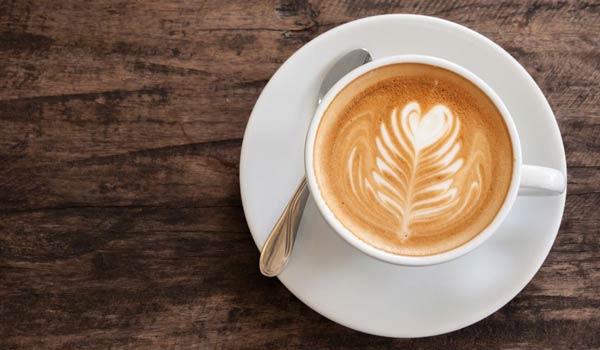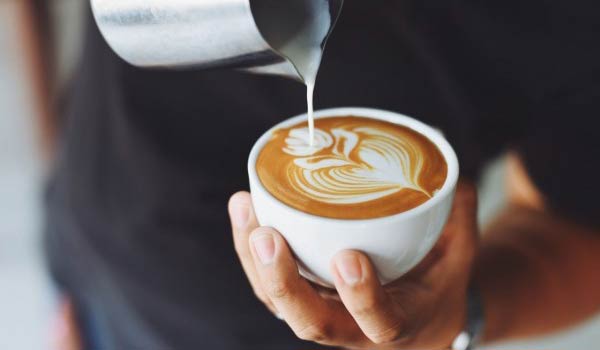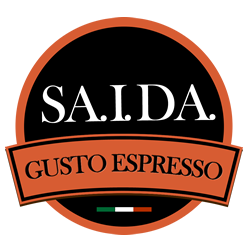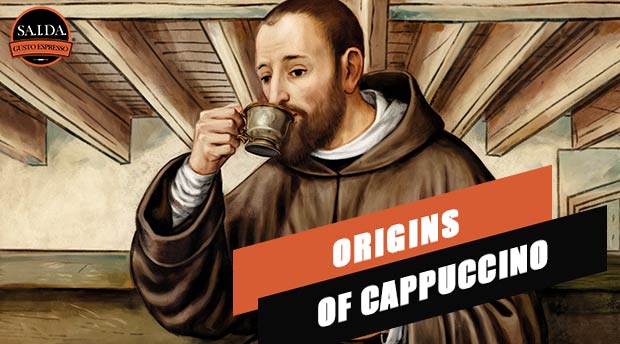The history of Cappuccino, between myths and truths
The history of cappuccino is long and well-documented: it was born from cultural exchanges but developed fully in Italy. It is no coincidence that, according to the Italian Espresso Institute, in 2024 we will drink over 30 million cups a day. In the morning, many Italians choose between a quick espresso and the soft foam of the Cappuccino; there are also those who prefer to enjoy both. What is certain is that although there is no certainty about its appearance, we can trace its birth back to several possible stories:
Cappuccino and its Viennese roots
In the autumn of 1683, while Vienna was celebrating the end of the Ottoman siege, the adventurer Franz Georg Kolschitzky obtained some sacks of dark beans mistaken for fodder. With those beans he opened the first Viennese coffee shop, Zur blauen Flasche (“To the blue bottle”), still cited by historians. He filtered the grounds, sweetened with honey and added milk: thus was born a forerunner of the Cappuccino, with a light hazelnut color and a softer taste, immediately appreciated by the Viennese.
But why do we call it “Cappuccino”? The most popular explanation points to the habit of the Capuchin friars: the mixture of milk and coffee recalled the brown of their habit, and when Friar Marco d’Aviano—a guest in the city on papal mandate—sweetened the drink in this way, the waiter exclaimed “Kapuziner!”. A recent curiosity: in 2022, Italy nominated espresso and cappuccino for UNESCO intangible heritage, confirming their connection with the national culture.

History of cappuccino between medical recipes and travelers
A few years later, the French doctor Sieur Monin prescribed an invigorating potion of milk, coffee and sugar in his treatise Pharmacopée Universelle, an example of a “functional recipe” ante litteram. In the same period, Friar Marco d’Aviano—always ready to try new drinks—asked to sweeten the cup with hot milk. The manager, noticing the color similar to the habit, exclaimed «Kapuziner!». It is another piece of our history of cappuccino.
An alternative line of thought places its origin in a late eighteenth-century Viennese drink made of coffee, whipped cream and spices (cinnamon, nutmeg), then adapted to the shores of the Adriatic: in Trieste that mix met Italian taste and sowed other seeds for the Cappuccino that we know. It is no coincidence that already in 1891 the menu of Caffè San Marco featured the “kapuziner mit schlag” alongside the “nero in tazza”.
Espresso coffee: the turning point that defined the modern Cappuccino
The dawn of the twentieth century brought the patent of Luigi Bezzera (Milan, 1901, n. 153/94): a lever machine capable of extracting espresso in a few dozen seconds at 9 bar and 92 °C. In 1905 Desiderio Pavoni started industrial production, while Francesco Illy introduced the constant pressure system in 1935. From the bars of Turin to the roasters of Trieste, the Cappuccino took on its current form. There is no doubt that Vienna appears in all the legends, but without the Italian invention of espresso it would have remained a distant relative—that is why we consider it a fully-fledged drink “made in Italy”. Any advice? Try it with the Black Bar blend by Saida!

The ideal characteristics in the cup
When the drink arrives at the counter, every detail counts. Here is the barista’s checklist for a flawless result:
- Silky foam 1–1.5 cm thick, shiny and compact.
- Ideal ratio (INEI standard): 125 ml of milk and 25 ml of espresso.
- Creamy white center edged by a uniform hazelnut ring.
- Average caffeine: about 75 mg per cup.
- Intense aroma reminiscent of baked biscuits and toasted hazelnuts.
- Velvety body: the cream envelops the palate without grains.
- Balance between the natural sweetness of the milk and the slight bitterness of the espresso.
Fun fact: in Italy, ordering it after 11 a.m. can raise a few eyebrows—a custom linked to food etiquette that avoids milk at the end of a meal. And if you want to have fun, there are latte art courses (World Latte Art Championship since 2005): hearts, leaves or simple patterns take shape thanks to the milk jug.
Result? A well-balanced drink that makes the break more enjoyable.




Visita il nostro e-shop e scopri tanti prodotti a prezzi vantaggiosi!